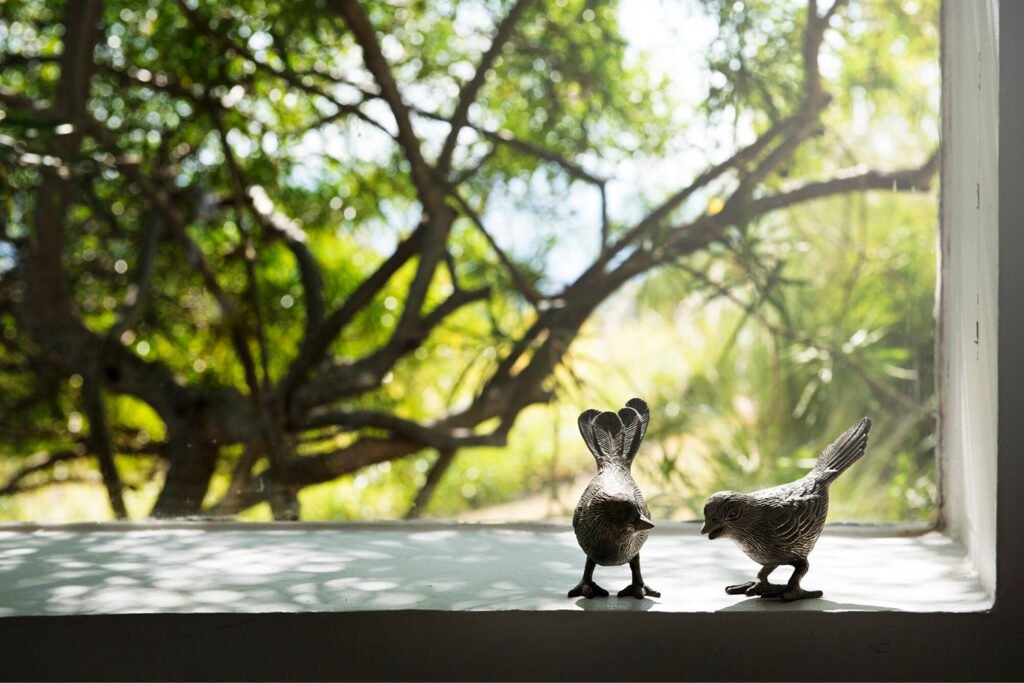Would you like to transform your urban balcony into a vibrant sanctuary for local birds? Creating a bird-friendly space in the city might seem challenging due to balcony space constraints and safety concerns, yet it brings rewarding interactions with nature. This guide will offer actionable steps to assess and transform your outdoor area, ensuring it supports local bird populations. From understanding your balcony’s microclimates and selecting ideal plants to integrating feeders and water features, follow along to bring life and liveliness to your urban space. Transforming your balcony is easier than you might think, and we’re here to show you how.
Selecting Bird-Friendly Plants for Your Balcony
Native plants offer significant benefits when creating a bird-friendly urban balcony. What makes native plants advantageous for attracting birds? Native plants are adapted to the local climate and soil conditions, making them more resilient and requiring less maintenance. These plants often provide essential food sources like flowers, berries, or seeds, which are familiar and appealing to local bird species. Choosing native plants ensures that your balcony becomes a sustainable and inviting habitat for birds. For example, Black-eyed Susans and Purple Coneflowers are excellent choices for the Northeast, while Desert Marigold and Penstemon thrive in the Southwest.
Low-maintenance plants are ideal for busy urban dwellers who want to support birdlife without extensive upkeep. Which low-maintenance plants attract birds and pollinators effectively? Sunflowers, marigolds, and lavender are excellent options. These plants not only require minimal care but also attract a diverse range of birds and pollinating insects. Herbs such as rosemary and mint can also serve dual purposes by enhancing your balcony’s aesthetic and providing aromatic benefits. These hardy plants can withstand urban conditions, making them perfect for enriching your balcony ecosystem.
To create a diverse and attractive plant selection, consider incorporating a mix of species that cater to various bird preferences. Which specific plants should be considered to attract different bird species? Consider a combination of flowering plants and herbs. Sunflowers provide seeds for finches, while marigolds attract nectar-seeking hummingbirds. Lavender and rosemary can serve as aromatic attractants for pollinators, indirectly supporting the birds that feed on them. Mint offers foliage for nesting materials and attracts insects like butterflies, which birds can feed on. By selecting a variety of plants, your balcony will become a dynamic and inviting space for birdwatching.
| Plant Type | Benefits |
|——————-|—————————————————|
| Sunflowers | Provide seeds for finches and other seed-eaters |
| Marigolds | Attract nectar-seeking birds like hummingbirds |
| Lavender | Attracts pollinators, supports bird food sources |
| Rosemary and Mint | Offer nesting materials and attract insects |
Ensuring Bird Safety and Comfort on Your Balcony
Preventing window collisions is crucial for bird safety on balconies, as windows pose a significant risk. How can one reduce the risk of birds flying into windows? Use bird-safe window decals to break up reflections that confuse birds into thinking they can fly through. Additionally, positioning feeders away from large glass surfaces further mitigates collision risks. Regularly inspect the area for potential hazards like loose wires or sharp edges that could harm birds. These preventive measures significantly decrease the likelihood of fatal window strikes, which account for approximately one billion bird deaths annually.
Secure food sources are essential to maintaining a healthy bird-friendly balcony. How can balcony owners ensure that food provided for birds is safe? Limit the use of pesticides in your planting areas, as birds might mistake pesticide granules for food. Opt for natural pest control methods, such as introducing beneficial insects or using homemade remedies. Ensuring food sources are clean and free from harmful chemicals not only protects birds but also supports a healthier balcony ecosystem. Regularly clean feeders to prevent mold or disease spread, which can compromise bird health.
- Select plant species that naturally repel pests: Use plants like marigolds to discourage pests without pesticides.
- Incorporate nesting boxes or birdhouses: Provide sheltered areas for birds to nest away from disturbances.
- Minimize noise levels: Avoid loud or sudden noises near the balcony to maintain a peaceful environment for nesting birds.
- Create secluded spaces using foliage: Arrange plants to form quiet corners, offering birds a safe area to rest and nest.
Final Words
Transforming an urban balcony into a bird-friendly haven involves thoughtful planning and the right elements. Knowing your balcony’s layout and microclimate is crucial for effective plant and feeder placement. Selecting native and low-maintenance plants can attract diverse bird species, while feeders and water features provide essential nourishment and hydration. Ensuring safety with proper window treatments and secure food sources protects birds from harm. Regular maintenance, through seasonal care adjustments, keeps the habitat welcoming. Embracing these practices on how to create a bird-friendly urban balcony ensures that even in cityscapes, our avian friends thrive.
FAQ
How to attract birds to a city balcony?
For attracting birds, start by adding native plants that produce flowers, berries, or seeds. Use bird feeders and water features like birdbaths. Vary the height and location of feeders for better results.
What can I use to keep birds off my balcony?
To deter birds, use physical barriers like netting or spikes and remove food sources that attract them. Hang reflective objects or install anti-bird gels to discourage landing.
How to feed birds from a balcony?
Use a variety of feeders, such as tube feeders for small birds, platform feeders for diverse species, and suet feeders for woodpeckers. Ensure they are securely placed and accessible.
How long will it take for birds to find my feeder?
It may take a couple of days to a few weeks for birds to locate your feeder. Consistent placement and checking for freshness in food will help attract them sooner.


